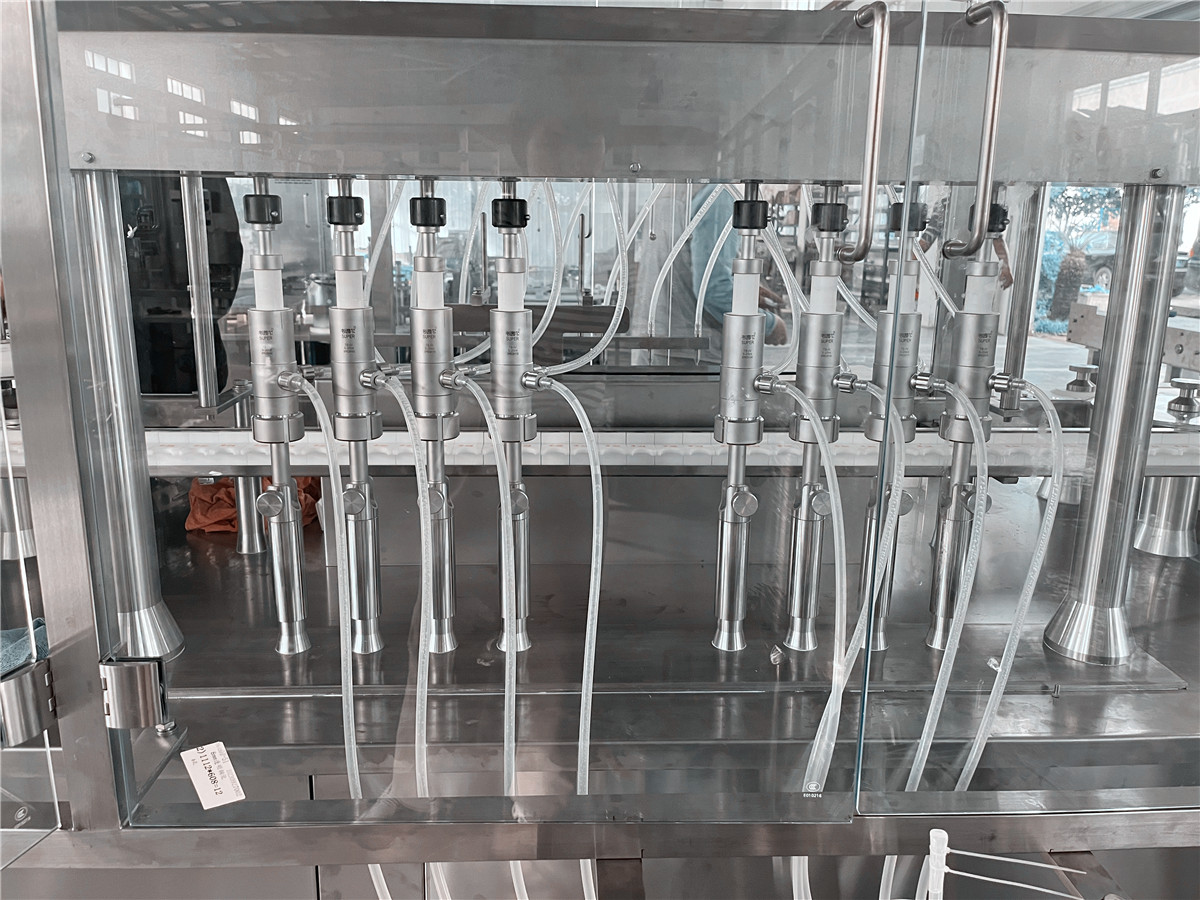Filling, capping, and sealing sterile eye drops is a highly demanding step in the pharmaceutical industry, requiring absolute protection against contamination from microorganisms, particulate matter, and endotoxins.
Reliance Machinery supplies and manufactures two main types of sterile eye drop filling machines, primarily categorized by their level of automation and filling principle:
1. By Automation
Level: Fully Automatic Filling Machine
This is currently the mainstream choice for
large pharmaceutical companies, integrating bottle washing, nitrogen filling,
filling, capping, and other processes into one unit.
Features:
High Integration:
All steps from
empty bottle handling to finished product output are completed within a
closed isolator or cleanroom.
High Speed:
Extremely high
production capacity, reaching thousands or even tens of thousands of bottles
per hour.
Low Contamination Risk:
Fully
automated, minimizing human intervention and ensuring sterility.
High Cost:
Equipment investment and plant
construction (high-level cleanroom or isolator) costs are very high.
Workflow: Plastic/Glass
Bottles → Bottle Handling → Ultrasonic Cleaning + Siliconization (if required)
→ High-Temperature Sterilization and Drying (e.g., Tunnel Oven) → Cooling →
Filling under Class A Clean Air Protection → Stoppering → Inspection → Capping
→ Screwing/Crimping Capping → Inspection and Rejection → Bottle Discharge.
RVF4 Sterile Eye Drop Monoblock Filling
Plugging Capping Machine (High-Speed - 150 Bottles per Minute)
2.
Classification by Filling Principle
This part is the core of the filling
technology, determining the accuracy and applicability of the filling.
2.1 Peristaltic
Pump Aseptic Eye Drop Filling Stoppering Capping Machine
This is the most common and classic technology
for eye drop filling.
Principle: The liquid
medication is quantitatively expelled from the reservoir and injected into the
container by a roller pressing a flexible tube circulating peristaltively
within the pump tube. The pump tube is the only part that comes into contact
with the liquid medication.
Advantages:
1
No cross-contamination:
Disposable or easily serializable pump tubing eliminates batch-to-batch and
product-to-product contamination.
2
High compatibility: Suitable for
liquids of various viscosities, especially shear-sensitive solutions (due to
the absence of rotating parts generating high shear forces).
3
Easy to clean and replace: When changing
products, only the pump tubing and reservoir need to be replaced.
Disadvantages:
1
Pump tubing is a consumable: Long-term use can lead to fatigue affecting accuracy, requiring
periodic replacement
2
Relatively lower accuracy: Compared to
rotary piston pumps, its long-term accuracy and repeatability are slightly
inferior, but perfectly adequate for eye drops.
2.2 Ceramic Pump
Filling Machine (Rotary Piston Pump)
Principle: Similar to a
precision syringe, a piston rotating within the pump chamber draws in and
ejects a fixed volume of medication in each cycle.
Advantages:
1
Extremely high
accuracy and repeatability, the most precise of the three principles.
2
Good
durability, no tubing wear issues, long lifespan.
Disadvantages:
1.
Cleaning and
sterilization are relatively complex: Many parts come into contact with the
drug solution, resulting in a complex structure and demanding design
requirements for CIP (Clean-in-Place) and SIP (Sterilize-in-Place) systems.
2.
High cost.
3.
May not be
suitable for high-viscosity or particulate-containing drug solutions.

